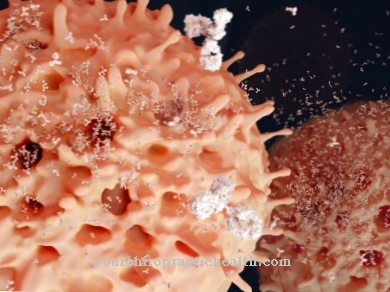Once a month, all women of childbearing age have their menstrual period and must deal with the issue Menstrual hygiene deal with. Even today, women’s menstruation is still a subject of shame.
What is menstrual hygiene?
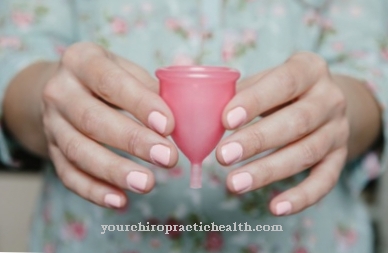
The generic term menstrual hygiene summarizes all products that serve to effectively collect menstrual blood once a month and hide it from the outside world.Women’s menstruation has always been a subject of shame and all sorts of myths.
Monthly hygiene products are either worn in underwear such as sanitary towels or the blood is collected in the body, as is the case with tampons, sponges or menstrual cups. Menstrual hygiene products help protect underwear and allow women to lead a normal life during their period.
Shapes, types & types
There are a number of different products on the market: Sanitary napkins are the longest-running menstrual hygiene products in the history of menstrual hygiene. While in the past mostly cloth sanitary napkins were used that were washed again after use, disposable sanitary napkins have established themselves today, which are attached to the panties with adhesive strips and which absorb the blood. They are available in different versions and sizes, depending on the amount of menstrual bleeding.
Tampons, small sticks made of pressed cotton wool, which expand upon contact with liquid and absorb it, are popular. They are inserted into the vagina with or without an introducer and suck up the blood. Wearing tampons doesn't limit women, they can even go swimming with them.
Another possibility are small menstrual sponges, which are also inserted into the vagina and suck up the blood from the inside. If necessary, they are rinsed out and reinserted. However, sponges are not as absorbent as tampons. A relatively new inexpensive and environmentally conscious method is a menstrual cup made from natural rubber or silicone. It does not suck up the blood, but catches it on the cervix. When the container is full, it can be emptied in the toilet, rinsed with water and put back in place.
Structure & functionality
Sanitary napkins, which are mainly offered as disposable products, are made of soft fleece or plastic material in which there is a so-called ultra-core made of small plastic crystals with a high suction power, which soaks up the blood and stores it inside the napkin until it has to be changed. Sanitary napkins come in different sizes and strengths, with or without fragrances and more or less air-permeable. They are glued into the panty with an adhesive strip.
Tampons are made of pressed cotton with a tape of a different color attached to the lower end so that the tampon can easily be removed from the vagina when changing. As it soaks up the blood from the uterus, the tampon expands until it is full. Then it can be removed with the help of the ribbon and disposed of in the trash. Tampons should not be changed too often, because otherwise the mucous membranes dry out, but because of a potential risk of infection, they should not stay in the vagina for more than 8 hours.
Menstrual sponges as an environmentally friendly and inexpensive alternative to tampons are small natural sponges that can be cut to size. Due to the soft material, they can optimally adapt to the conditions in the vagina and last about a year. They naturally have an antibacterial effect and, due to the natural material, are also suitable for women with sensitive skin or allergies.
Menstrual cups, a still relatively unknown alternative, combine the positive properties of the pad and the tampon. They are made of natural rubber or silicone and have a cup-shaped appearance. They are placed on the cervix like a tampon, but catch the blood like a bandage and thereby protect the mucous membranes
You can find your medication here
➔ Medicines for menstrual crampsMedical & health benefits
Which method a woman chooses mostly depends on her individual preferences and comfort. What all methods have in common is that they collect the blood from the uterus that would otherwise flow outwards and would be visible. Women who do a lot of sport mostly prefer tampons because the days are barely noticeable through their use. Tampons allow all movements and also swimming, which is not possible when using sanitary towels.
However, some women prefer conventional sanitary napkins because they reduce the feeling of congestion that tampons do for some women. However, women who regularly use tampons also have the problem that the vagina becomes dry and sensitive when they use tampons. However, tampons do not have the problem of odor formation that can occur when using sanitary towels. However, general intimate hygiene during the period is also important here.
For many women, the sponges take getting used to, because their absorbency cannot match that of tampons. Menstrual cups are unknown to most women. Like the sponges, they are an environmentally conscious alternative. When using sponges and cups, special attention must be paid to hygiene because they can be reused.

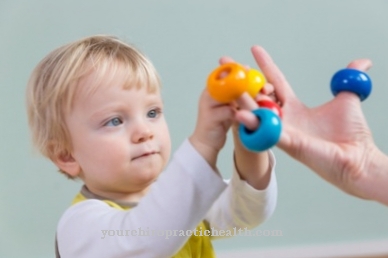

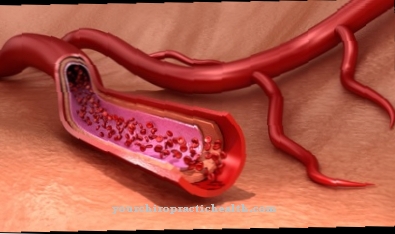
.jpg)



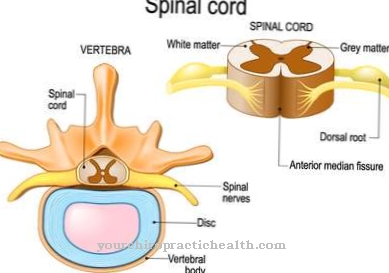
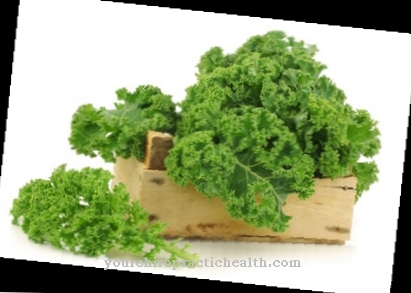



.jpg)
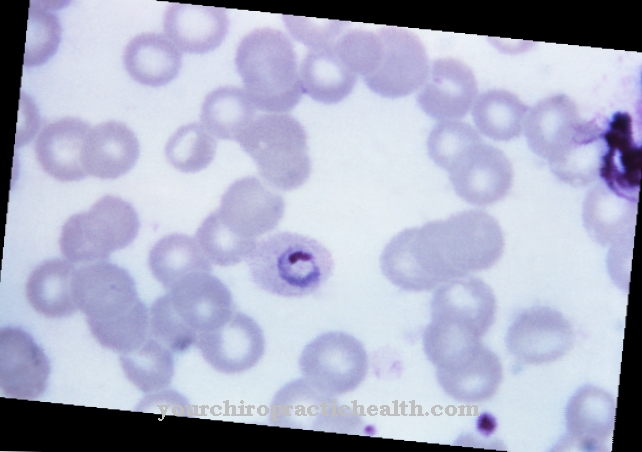

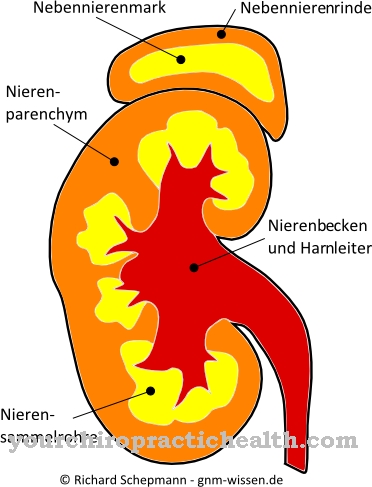


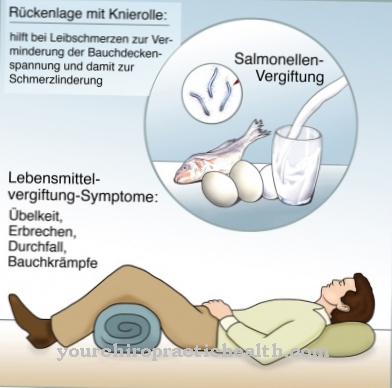

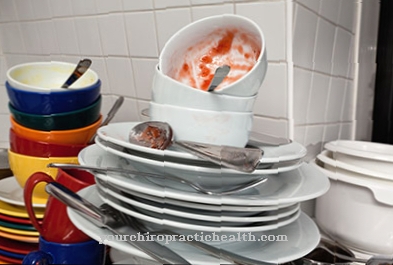

.jpg)
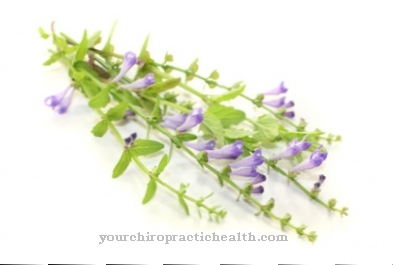

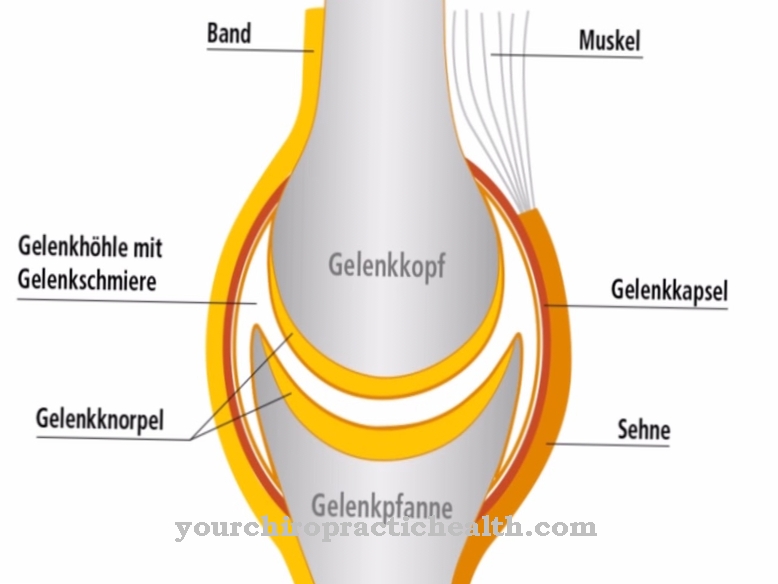
.jpg)
